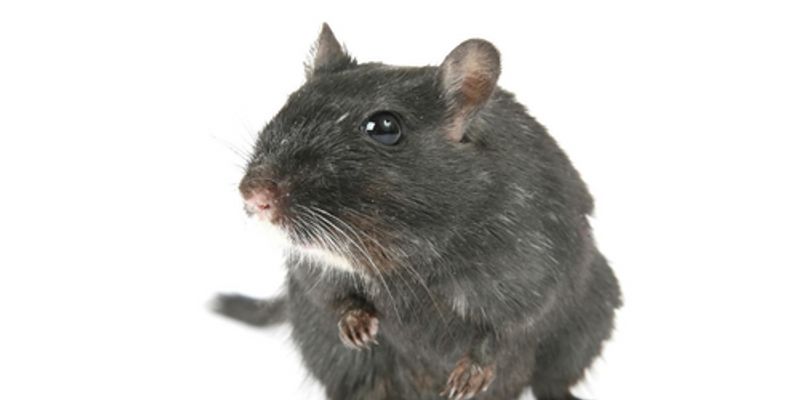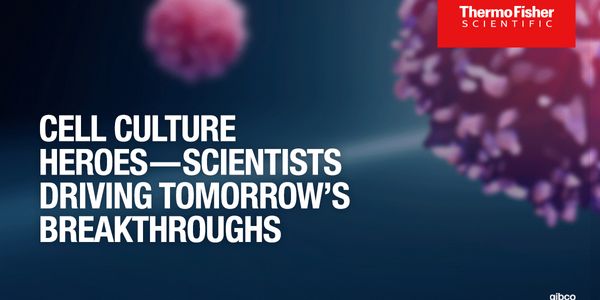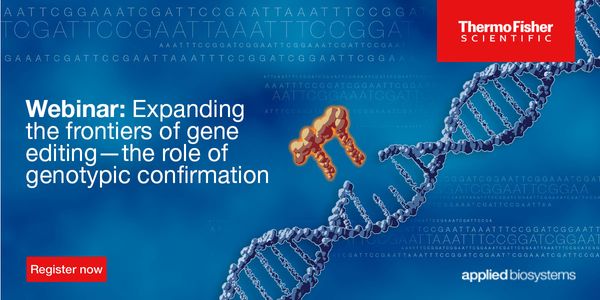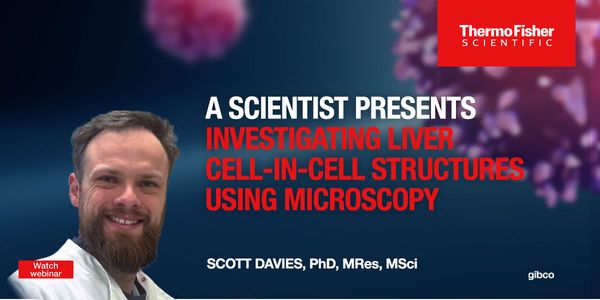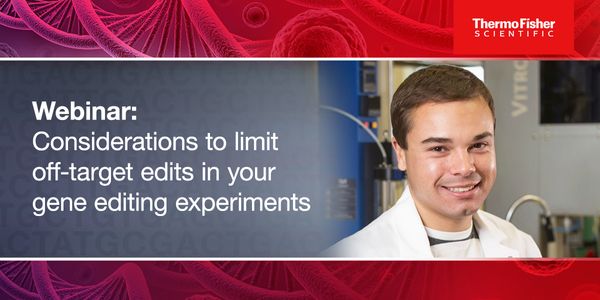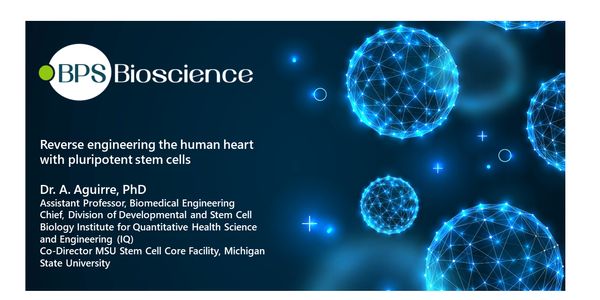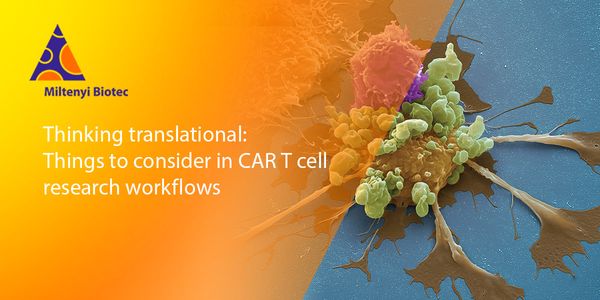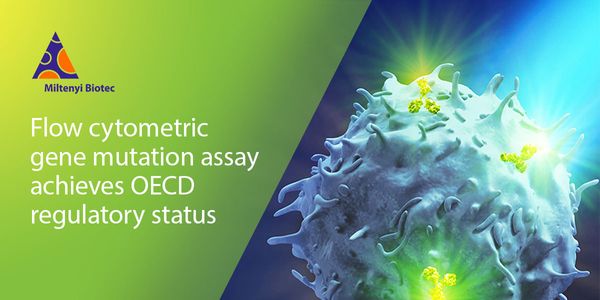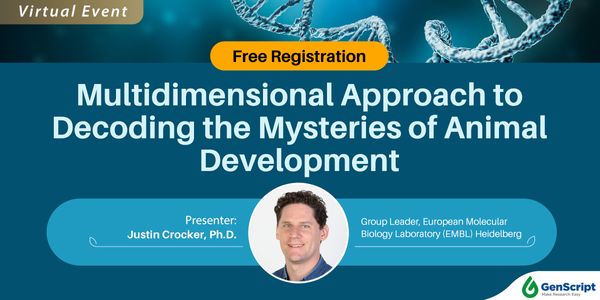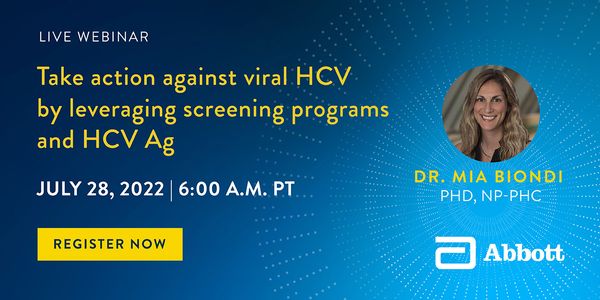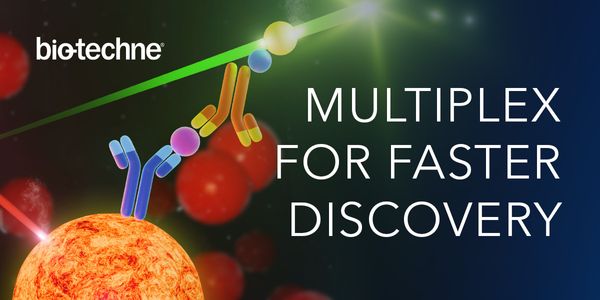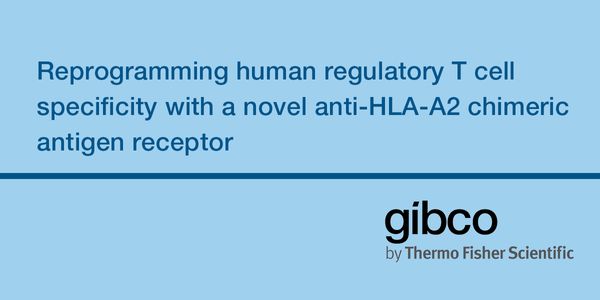Animal disease model development
Animal disease models are non-human animals used to research strategies to detect, prevent, or treat human disease. A variety of animals, including mice, rats, rabbits, and non-human primates are used for animal disease modeling. New animal disease models are developed regularly as knowledge of disease expand and technological improvements enhance current models.
-
SEP 13, 2023 | 9:00 AMCRISPR-based forward genetic screens can be used to identify essential genes in proliferating human cell lines. Although environmental factors also influence gene essentiality, most CRISPR-b...JUN 15, 2023 | 10:00 AMC.E. CREDITSInsights gained from studies using genome editing tools can provide a better understanding of cellular physiology, so that we can uncover answers to complex diseases and ultimately develop t...JUN 14, 2023 | 8:00 AMC.E. CREDITSInsights gained from studies using genome editing tools can provide a better understanding of cellular physiology, so that we can uncover answers to complex diseases and ultimately develop t...MAY 09, 2023 | 1:00 PMC.E. CREDITSDate: May 09, 2023 Time: 5:00am (PDT), 8:00pm (EDT), 2:00pm (CEST) Advances in high content imaging (HCI) have improved the use of cell culture to make a large number of comparisons within i...MAR 08, 2023 | 8:00 AMDate: March 08, 2023 Time: 8:00am (PST), 11:00am (EST), 5:00pm (CET) Engineered nucleases like the CRISPR-Cas9 system provide researchers with powerful tools for the manipulation of the geno...Animal models present a unique opportunity to understand molecular mechanisms of pathological changes involved in cognitive dysfunction in neurological disorders. However, most of the work f...
Non-alcoholic fatty liver disease (NAFLD) is a spectrum of metabolic disorders affecting 25% of our global population. 20% of NAFLD patients go on to develop Non-alcoholic steatohepatitis (N...
NOV 15, 2022 | 9:00 AM
Date: November 15, 2022 Time: 9:00am (PST), 12:00pm (EST), 6:00pm (CET) Recent advances in stem cell technologies, synthetic development and organoid biology are enabling us to create more a...
NOV 08, 2022 | 11:00 AM
Date: November 08, 2022 Time: 11:00am (PST), 2:00pm (EST), 8:00pm (CET) Developing safe and effective CAR T cell therapies is a challenging task. That’s why thinking translational earl...
NOV 01, 2022 | 10:00 AM
Date: November 01, 2022 Time: 10:00am (PDT), 1:00pm (EDT), 6:00pm (CET) Our laboratory developed the Pig-a gene mutation assay as a means to simply and reliably evaluate the potential mutage...
OCT 05, 2022 | 11:00 AM
Date: October 05, 2022 Time: 11:00am (PDT), 2:00pm (EDT), 8:00pm (CEST) The effects of fiber in health and disease is an active subject of research in a range of research areas. Historically...
OCT 04, 2022 | 7:00 AM
Date: October 04, 2022 Time: 7:00am (PDT), 10:00am (EDT), 4:00pm (CEST) The ability to derive induced pluripotent stem cells (iPSCs) from differentiated cell types such as fibroblasts, has r...
SEP 29, 2022 | 7:00 AM
Date: September 29, 2022 Time: 7:00am (PDT), 10:00am (EDT), 4:00pm (CEST) Development and evolution are controlled, to a large degree, by regions of genomic DNA called enhancers that encode...
Since its discovery in late 2019 the severe acute respiratory syndrome coronavirus 2 (SARS-CoV-2) has created a global pandemic of coronavirus disease 2019 (COVID-19). As of July of 2022, mo...
JUL 28, 2022 | 6:00 AM
Date: July 28, 2022 Time: 6:00am (PDT), 9:00am (EDT) Hepatitis B and C continues to be a leading cause of global morbidity and mortality, resulting in 1.1 million deaths and 3 million new in...
MAY 31, 2022 | 9:00 AM
Date: May 31, 2022 Time: 9:00am (PDT), 12:00pm (EDT), 6:00pm (CEST) Introducing Nanostring’s latest spatial platform, CosMx Spatial Molecular Imager (SMI). Offering high-plex, multiomi...
The need for next-generation, broadly protective coronavirus vaccines is underscored by the accelerated pace at which human coronaviruses have been emerging, the evolution of the current pan...
Neurological manifestations, including headache, altered mental status, and stroke, are a major complication of severe acute respiratory syndrome coronavirus-2 (SARS-CoV-2) infection and cor...
In the last decades, the upstream processing in biopharma industry has been revolutionized regarding the production of bioactive materials such as monoclonal antibodies, proteins and biother...
Neuropore Therapies is discovering and developing novel small molecule disease-modifying therapeutics to treat patients with neurodegenerative diseases, including Parkinson’s disease a...
Speaker:
Diana L. Price, PhD
FEB 24, 2022 | 9:00 AM
Date: February 24, 2021 Time: 9:00am (PST), 12:00pm (EST) Cytokine profiling is a valuable tool used in preclinical research for monitoring an immune response and cell signaling pathways dur...
The quest for alternatives to animal safety testing has fueled the development, characterization, and validation of many new technologies. There have been advances in cell and tissue models...
